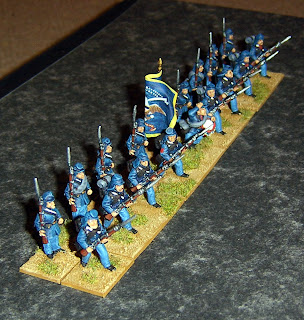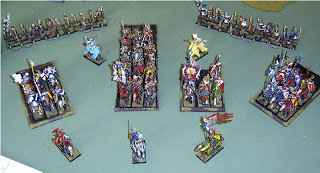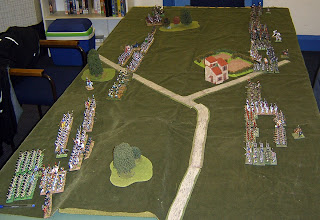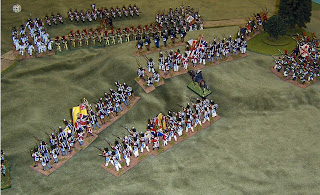Increasingly I find 40k a frustrating experience.
I like the way the core of the rules work now, yes they are cartoony, and simplistic compared to other games, but they function reasonably well at a basic level; there is nothing wrong with the core rules. The problem is the armies.

And it is a problem that GW doesn’t seem to be able to resist making worse. Every army in the game has to have a vast set of special rules to make it distinctive. To be fair it is a problem common to Warhammer Fantasy too, and most fantasy wargames in general; but 40k seems to take it to extremes.
This is bad enough when the rules are army wide, as most of my Ork army rules are, a player knows that they operate differently to most other armies, but at least in a consistent way. The situation is even worse when it is different for every unit in the game, and different from one very similar army to the next.

My two recent games for example were against a vanilla Space Marine army and a Space Wolf themed SM army. Ostensibly the same troops, and in the first game I knew what to expect. The game was a tough slog to a draw against an enemy that has been written to always have the upper hand.
But in the second smaller game against Space Wolves, nothing was familiar, every time I did anything my opponent was having to refer to some or other special rule buried in his army list. This slowed the game down no end, and so a 1000 point match only reached turn four in three hours. In fact based on the scenario conditions I won, but it was without any pleasure, being less of a case of moving things around and rolling dice and more of referring to rulebooks and arguing the toss of definitions.

It’s this that puts me off the game. If the armies were less ridiculously tuned I’d find it easier to trot through game or two on a regular basis, but it is like I have to re learn the entire game every time I play it.

I know that any amount of learning the core rules will make little difference, if I play in this tournament I’m going to face super tuned and beardy armies, that I probably don’t know at all; and spend half my time asking what the other guy is doing and the other half being stuffed by what the other guy is doing!
To be honest, that is one of the reasons I prefer simpler games, and historical games. They don’t depend on having the latest release to out play the enemy, or the smartest selection of special kit or characters. They depend on tactics and a bit of luck.



























